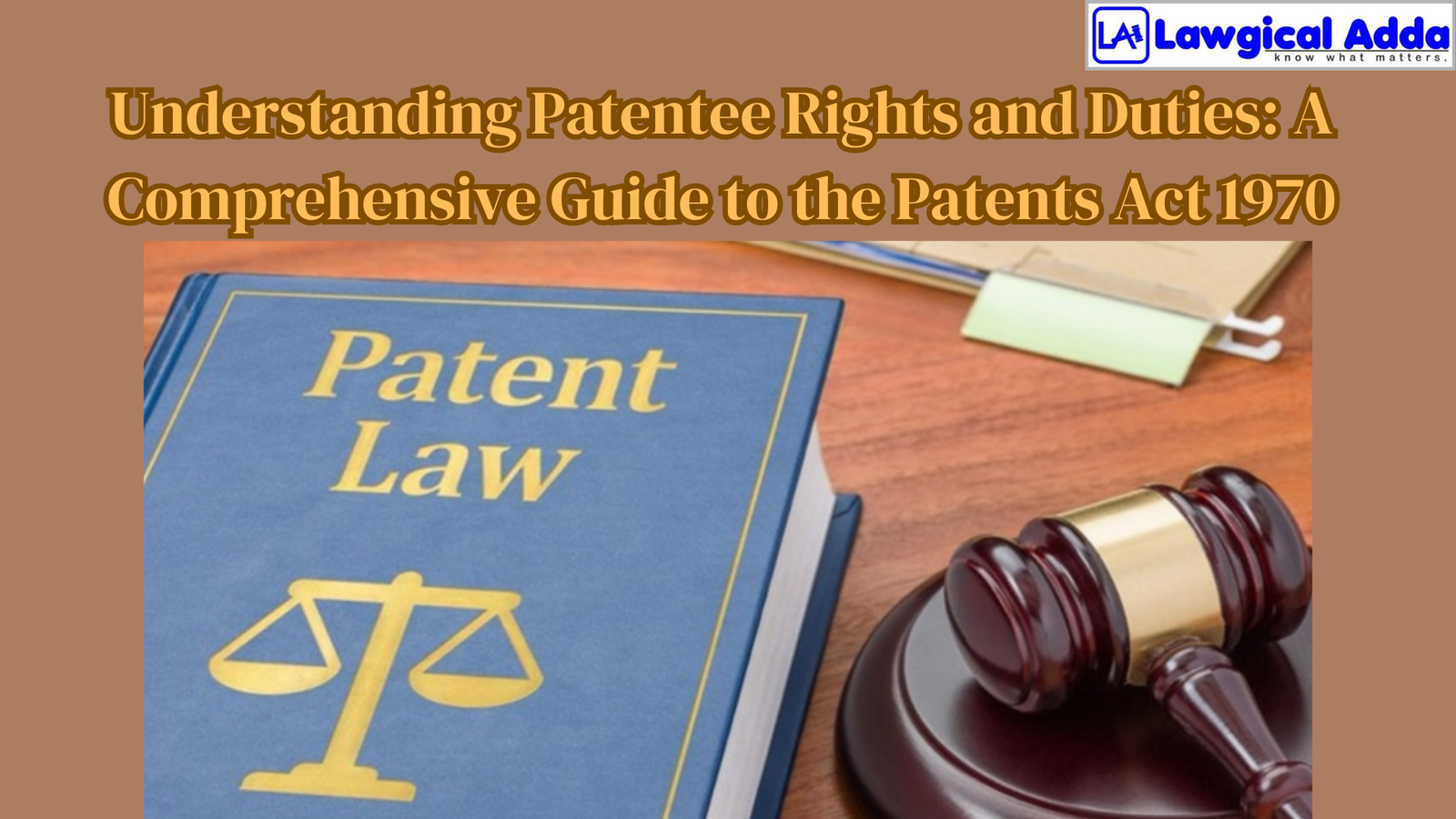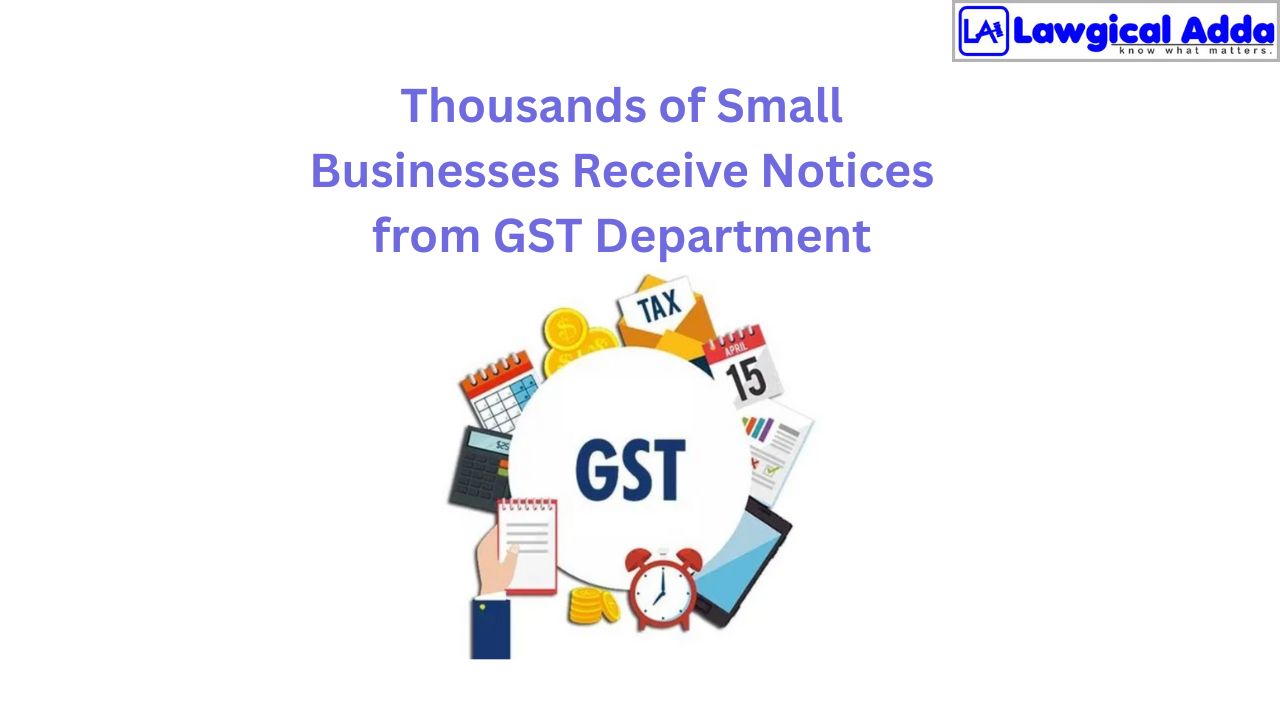Understanding Patentee Rights and Duties: A Comprehensive Guide to the Patents Act 1970

Table of Contents
Introduction
The statutory history of a patentee’s rights and duties since the Indian Patents and Designs Act of 1911 has been one of continuous evolution, and the Patents Act of 1970, with its recent amendment in 2016, is nothing but a continuation of what India demands to maintain its own identity in the world of patency.
The present article will carefully analyze the present and futuristic patentee’s rights and duties w.r.t. The Patent Act of 1970, which came into force on April 20, 1972.
Who owns the patent?
The Patents Act of 1970 provides explicitly a clear definition of who qualifies as a Section 2(p) patent holder. For this section, a patentee is the person or entity officially named in the patent as the issuer or owner of a particular patent.
This legal recognition creates a right that establishes the diversity and privileges exclusive to the person or entity associated with the patented invention.Section 43 is the heart of the Act, as it provides for the grant of license if it fulfils the conditions, ie. The Controller must accept the patent application and contravene the Patents Act of 1970.
The patent is then immediately issued to the patentee. It may be noted, however, that here, instead of the word ‘immediately’, no time limit is mentioned. Quick can mean one day, 30 days, or years. So this section follows the real-time.
Section 44 grants grace to a deceased licensee if, by the discretion of the Administrator and subject to the standards of the Act, the license granted to an individual or company dies or ceases to exist. The controller is allowed to patent on its own merits.
Section 46 states that the Patents Act of 1970 shall apply throughout India. Given the time and geopolitical context of India, this was also a very bold step, as with the unstable situation of J&K at that time, it gave the developers the power of the centre to figure out how to wield power through the efficient and effective use of paper.
Section 48 now expressly states the rights of a patentee against a third party in respect of a product or process. This section excludes third parties from using the invention/process and the part of the invention that is to offer for sale, sale, or import of the product/product directly derived from that product/method in India for those purposes.Section 49 deals with the rights of the licensee when his rights are infringed. Let’s dive into what constitutes a rights violation and what constitutes a violation of the rights of the licensee.
According to Section 49 (1), if a ship, aircraft, or land vehicle registered abroad accidentally or temporarily enters Indian territory and the warrant is exercised on the ship’s needs, then any violation when such license is used for the manufacture or operation of an aircraft or land vehicle does not apply.
However, failure to extend such a right to Indians residing in the territorial jurisdiction of a foreign state is an infringement of the rights of the patentee, and the judicial system overrules them all; therefore, no patentee can be respected of rights in any emergency. The Act ensured that mere abuse of the patentee’s rights would result in undesirable judicial fraud.
Sometimes, several licensees have interests in a license, so they form ‘joint owners’ of the license. Section 50 comes to the rescue of this collaboration here. Section 50 (1) expressly states that unless there is an agreement to the contrary, the joint venturers are entitled to ‘equal and undivided shares’.
Furthermore, Section 50 (2) states that if any of the parties wish to exploit and retain the benefits of the patent without sharing the benefits with the other owner(s), they have the freedom to do the same.
There may be a concern here if the profits are enormous. Letting other licensees deprive licensees of the profits will do more harm than good when people digress, namely joint licensing even after a substantial invention but subject to section 50(3).
There is a failed switch in progress. Under it, no single owner can transfer a license or ownership interest to another without the consent of all co-owners. Section 53 has been specifically added to this article to clarify that even 20 years of a license for an invention constitutes a form of right because it stimulates further development of the same or, collectively, those they have licenses are innovative and therefore provide R&D of Indian investment.
However, in circumstances where the licensee has already made an application known as the particular application and, after some time, the unique application needs some enhancement or amendment, Section 54 comes into play as it gives possession, and the license does the same in some cases.
The applicant must be the same for the main event as well as the improvement/alteration, and the language in the policy indicates that if another applicant participates in the improvement/alteration, the alteration permit may not be used after.
In addition, the amendment permit must be submitted either after the date of the main application on the same day or at a later date. Thus, in principle, the variation can be authorized even after the particular application has been approved. If an improvement or modification to the main application is the subject of an independent patent, and if the patentee is the same on both counts, the administrator may revoke a patent independently upon application by the licensee for its license to be modified.
There are no special statutes specifying priority dates for issuance of amendment authorizations, and therefore, the priority rules apply – the date of issuance of amendment authorizations is deemed to be the priority date, subject to the Law of the new system.
In the case of an amendment license, Rule 13(3) of the Directive Act states that every such license shall include a reference to the particular license or an application for the special permit and shall also include a claim, a definite indication that the process is.
What if the license expires, which can be due to many factors, such as non-payment of required annual fees or failure to comply with stipulated conditions? Section 60 is a good escape here. It provides a solution. Then, if the deficiencies are corrected, the administrator will restore the license.
Section 62 will now be fully operative by giving full rights to the licensee. This helps preserve innovation and simple processes and systems.The Act also gives the licensee the right to ‘assign’ the license under Section 63.
This is a peculiar case, as the statutes generally grant positive rights to a party but also recognize negative rights. Here, too, comes the controller’s role and intent. Offerors give other applicants/third parties the power and ability to join the race to take the product licensing journey, while the sponsor controls the publishing process and notifies the applicants afterwards.
Other rights of the licensee
In addition to the right to manufacture, use, offer for sale, sell, and import the patented goods, the licensee is also entitled to other rights, e.g.
- Right to mark patent: A patentee has the right to mark a patent with the word “patent” or “patent” along with the patent number. This constitutes notice to the public that the invention is protected by a patent, and unauthorized use or infringement of the patent may have legal consequences.
- Suit for infringement: A licensee can file an action for infringement under Section 104A, and it comes in violation of the rights of the licensee.
- Duplicate Patents: Licensees are also entitled to issue ‘duplicate patents’ under Section 154 of the Indian Patents Act in case of ‘loss or destruction’.
- Treaty Requests: Patents can make ‘distress requests’ under section 135, which deals with patent protection in Treaty countries. This right is based on the ‘principle of reciprocity’, international law, and national practice.
- Right to assign a license: A licensee may assign a license to another person or entity. The assignment can be the entire license or a specific part of the license.
Inspection of the services of the licensee
Obligation not to abuse the license
A licensee may not use its license to violate laws or regulations, harm the public interest, or unfairly manipulate the market. The licensee may not make false or misleading statements about the invention in advertising, marketing, or other promotional materials.
The pressure to find out
A patentee may not prevent the inventor from using what he believes could thereby prevent others from manufacturing or using his product by manufacturing or licensing a product and actively marketing the product. These proprietary products are also available to the public at affordable prices.
Responsibility for legal and support fees
The licensee has to pay substantial legal fees to negotiate the electoral process. Similarly, for a license to be validated, the licensee must pay a subsidy fee to the licensing office within a certain period during the life of the permit. Otherwise, the license will be revoked, assuming the licensee neglects to pay the maintenance fee.
Responsible for dealing with objections
When license inspectors issue the First Evaluation Report (FER), it may contain several complaints. The licensee then must respond to such complaints. If definitions are identified within one year from the date of the initial inspection report, the licensee’s application shall generally be allowed.
Responsibility for Patent Disclosure
Licenses are granted to modify the published invention. The patentee must fully and accurately disclose the invention in the patent application and update the information as necessary during the patent process.
Obligation to make a review request under Section 11(b)
Here, patent application will only proceed if the applicant or other interested party applies for reexamination within a specified period. It is the responsibility of the patent owner to ask the patent examiner about the invention of the patent.
Conclusion
Now, it all depends on what the licensee decides to do with their new product. Although not exhaustive, it is clear that the law provides certain rights to the licensee. From applying for a license to issuing the same, from choosing to become a licensee to jointly obtaining a permit.
The law has been very flexible and modern in approach within the framework, considering the year of its establishment in 1970. However, since the Act also provides for copying, therefore, obligations, the licensee has a moral and ethical duty to fulfil its commitment to take innovative steps to help build a better society. The assurance of proper progress is the need of the hour.
If you require assistance with any other legal matter, contact Lawgical Adda. You may seek the revival of a Struck company, relief for directors who have been disqualified, or other legal issues.
For more in-depth insights and detailed information on various legal topics, follow Lawgical Adda. Stay updated with the latest articles, expert analyses, and practical advice on corporate law, company regulations, and much more. Join our community and enhance your legal knowledge today!




